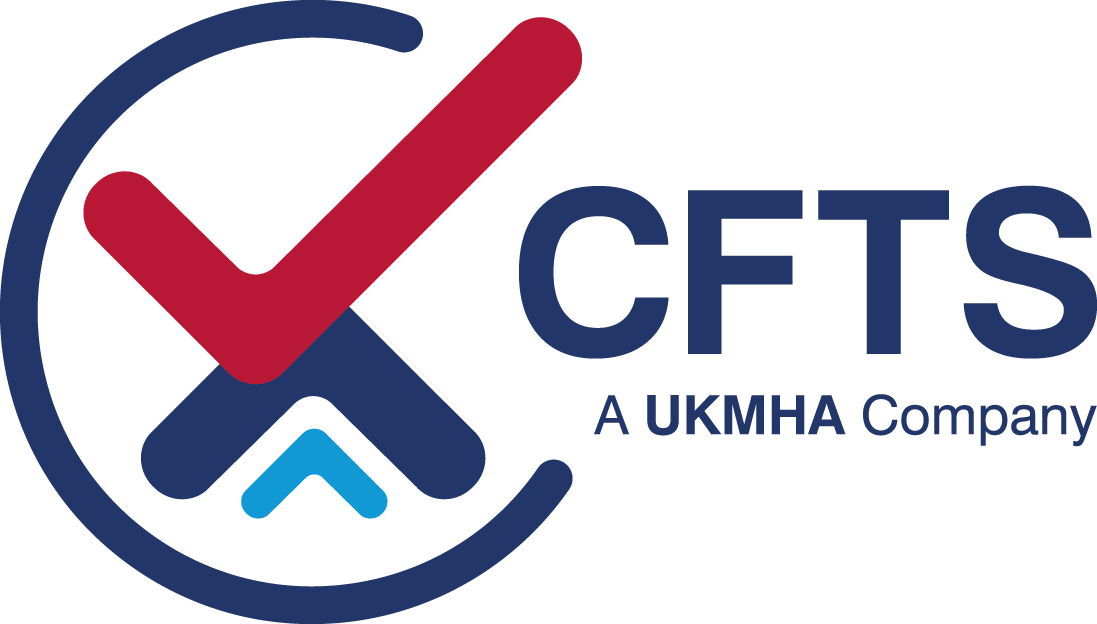Download the HSE briefing report on their LPG investigation
Download the UKMHA Safety Alert
Download Trade Association Communication P66 LPG 260224
The Health and Safety Executive (HSE) have published a report of their investigation into problems suffered by LPG fuelled forklift trucks during the period 2022-24. The full report can be downloaded using the link above and UKMHA hereby acknowledge that this contains public sector information published by the Health and Safety Executive and licensed under the Open Government Licence. Details of the Open Government Licence can be found at https://www.nationalarchives.gov.uk/doc/open-government-licence/version/3/.
The report should be read as a whole, however, UKMHA especially draw attention to the following content:
“15. The contamination problem affecting the LPG has the following attributes:
a. It is geographically limited to sites predominantly in the Midlands and North of England,
b. Sites in other parts of GB were largely unaffected.
c. We could find no reports of a similar problem manifesting concurrently in Europe or the USA
d. It first appeared in September /October 2022.
e. The same truck models had worked safely, without design modification, since their introduction more than 10 years earlier.
f. It affects all types and ages of LPG forklift truck, some being worse affected than others, but there are potential safety risks from the contamination in all trucks.
g. There were also reports of it affecting the operation of other liquid LPG equipment, in other industries, including hot air balloons, large scale industrial users and bio-gas enrichment, although the HSE has not been made aware of any safety issues arising in these areas.
h. The problem becomes worse in cold months, suggesting the repeated startup of the lift truck in cold conditions could lead to a quicker buildup of contamination in the vaporiser.
i. Some forklift users in the affected areas switched the source of their fuel to one from outside the affected area and the problem quickly resolved so that they ceased to have problems with blocking vaporisers.
j. HSE is not aware of any evidence that the LPG supplied in the affected areas was not to the relevant standards (BS 4250 and BS EN 589).
…
39. Therefore the investigation has concluded that the plasticiser contamination found in the vaporisers does not result from components within the FLTs themselves or a reaction between these components and the normal constituents of LPG.
…
51. The investigation has identified that the presence of the residue chemicals is likely to be due to certain feedstocks used at the P66 refinery at Immingham. As already noted in the analysis section of this report, the residue is at very low levels, which could not have been identified by testing to BS 4250, the standard for this fuel.
…
53. The most likely cause of the residue appears to have been related to an increase in the processing of used cooking oil as a co-processed feedstock through the refinery, with specific compounds being found in the propane product, but not impacting on the other products produced at the refinery. Processing of used cooking oil is part of a strategy to meet renewable fuels obligations, reducing the reliance on fossil fuels as part of achieving Net Zero.
54. There is evidence that the steps taken so far may have reduced the rate at which replacement vaporisers are required in the affected areas; however, as of July 2024, the replacement rate had not returned to pre-September 2022 levels.
55. Work has started within the BSI committee responsible for BS 4250 to review the standard and produce a new specification for residues in LPG with a view to preventing the problem with vaporiser blocking re-occurring.”
UKMHA will monitor the revision of BS 4250 and will provide further information as it becomes available.


